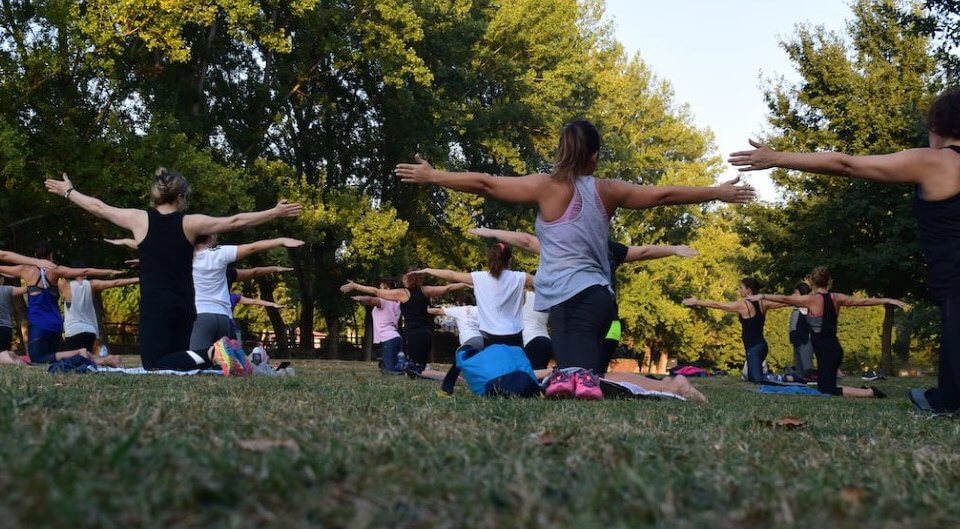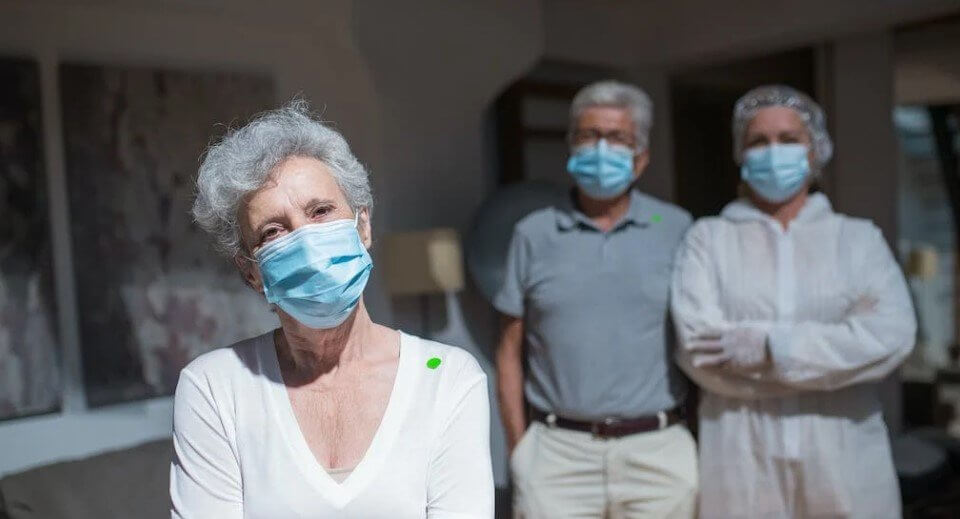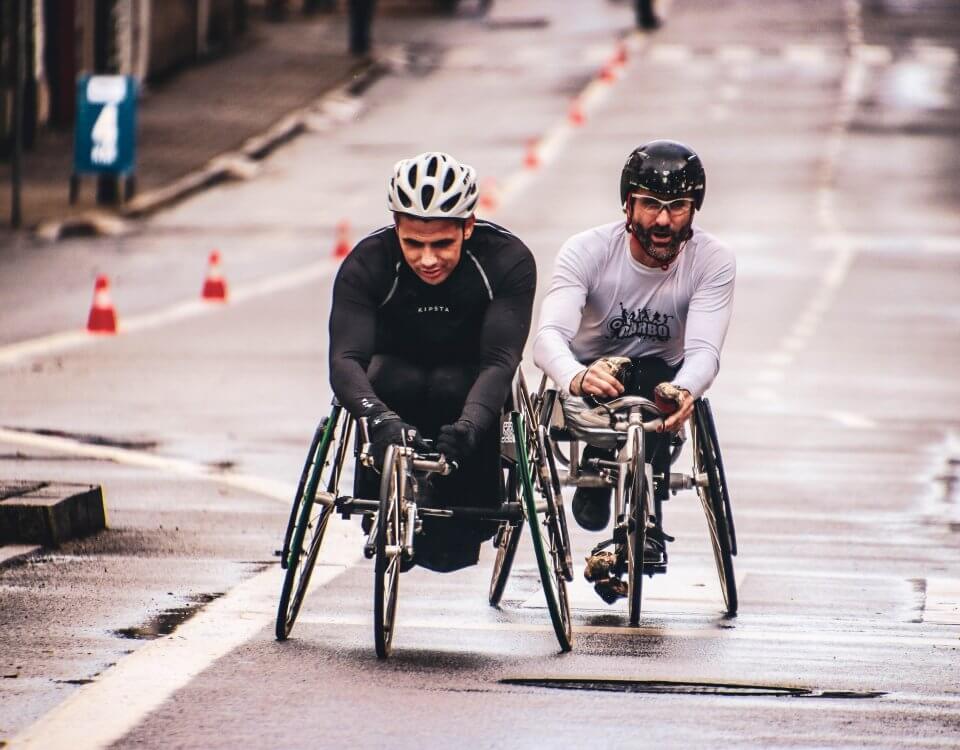
Celebrating National Physiotherapy Month: The Importance of Physiotherapy in Healthcare
October 5, 2023
Celebrating the Holidays with Physiotherapy Tips for Travel and Self-Care
December 1, 2023Lymphedema is a chronic condition characterized by the buildup of lymph fluid, typically in the arms or legs, due to a blockage in the lymphatic system. This condition can result in swelling, discomfort, and a higher risk of infections. While there is no cure for lymphedema, physiotherapy can play a crucial role in managing symptoms and improving the quality of life for those affected.
What Causes Lymphedema?
Lymphedema can be primary or secondary. Primary lymphedema is caused by abnormalities in the lymphatic system, often present at birth but may not develop until later in life. Secondary lymphedema, on the other hand, is more common and typically occurs as a result of damage to the lymphatic system. This damage can be caused by surgery, radiation therapy, infection, or trauma.
Symptoms of Lymphedema
The most common symptom of lymphedema is swelling in the affected limb. This swelling can range from mild to severe and may be accompanied by a feeling of heaviness or tightness in the limb. Other symptoms may include:
- Limited range of motion in the affected limb
- Aching or discomfort in the affected limb
- Recurring infections in the affected limb
How Physiotherapy Can Help
Physiotherapy is an essential part of the treatment plan for lymphedema. A physiotherapist can create a personalized exercise program to help improve lymphatic flow and reduce swelling. These exercises often involve gentle movements that encourage the drainage of lymph fluid from the affected limb.
In addition to exercise, physiotherapy may also include:
- Manual lymphatic drainage: A specialized form of massage that helps move lymph fluid out of the affected limb.
- Compression therapy: The use of compression garments or bandages to help reduce swelling and improve lymphatic flow.
- Skin care: Proper skin care is essential for individuals with lymphedema to prevent infections and other complications.
Conclusion
Lymphedema is a chronic condition that can have a significant impact on an individual's quality of life. While there is no cure, physiotherapy can help manage symptoms and improve overall well-being. By working with a physiotherapist and following a personalized treatment plan, individuals with lymphedema can experience relief from symptoms and improve their quality of life.




